Creative Cross-Pollinators
Writers who Draw, Nature Obsessions, Spring Reads for Nature Detectives
Last week, I was pulling invasive garlic mustard from the back edge of my yard when an unusual plant stopped me cold. Its large, glossy green leaves on thick stalks stood out from the tangle of catchweed, Virginia creeper, raspberry bushes, and poison ivy. The center stalk, lighter purple, supported a hooded blossom, light green with brown stripes, that made me think of hard candy. This plant was regal. It had presence.
I was pretty certain this was a Jack-in-the-pulpit, a woodland perennial I’d just learned to identify. A neighbor friend had pointed one out to me on a trail just days before. It was a thrill to see another so soon, and practically in my yard, which borders a woods.
The border between my yard and the woods is increasingly blurred. For three years, I’ve been trying to restore balance to an area that’s been disturbed by surrounding development and our own inattentiveness. Specifically, I’m working to replace a large patch of milkweed we erroneously ripped out when we moved in and attract monarchs. I’m documenting the plants that I find, removing things that are not beneficial, and beginning to add native plants. I have detailed records in my phone camera documenting what I’ve found, and I make frequent use of iNaturalist. So I immediately took pictures of this new find, and the app confirmed my suspicion: this was a Jack-in-the-pulpit. Not only that, there were three more — a cluster of them a few feet down the ridge behind my yard, deeper into the woods.
I wondered: were these elegant plants always there, and only now that I’ve become a bit more ecologically literate am I able to recognize them? Or are they relative newcomers, benefitting from the small, incremental changes I’ve made to the forest edge? Or if I keep clearing out fast-spreading invasives, letting in more light, am I creating some other kind of imbalance that might threaten these plants?
I sat with the Jack-in-the-pulpit. It seemed like it wanted to speak. A quick Google search to learn more about it revealed that my thinking is not unique. The plant has its name because the bloom in the center is believed to resemble someone giving a sermon. I couldn’t hear it, though.
Lately I’ve been reading books by writers who draw, and reading more books for younger children that use of illustrations. I’m fascinated by people who incorporate art into their writing process. I’ve also been keeping a gardening log of very rough maps and sketches of what I’m doing in my yard. I turned to a fresh page and drew the Jack-in-the-pulpit.
It was satisfying to try to capture it visually, although the words inevitably crept in. That’s usually the way that my sketching works; the words invade and take over. Still, for a few minutes, I just had the image, and that was nice.
Maybe sometimes we need visual breaks from words, or I do, anyway, as a way to make space. I thought about this idea recently when I did an author event at the Northfield, MA public library, as part of the Mass Kids Lit Festival. As I was packing up my car, I realized that I had no idea who would be showing up. That’s true of most book events, but at least with school visits, I know the grades I’m visiting and can prepare accordingly. Who goes to public libraries? Often people with very young children! So I prepped a turtle craft kit in case I needed to do something hands-on with younger folks late on a Friday afternoon. I also threw in small field journals, little blank books that can slip into a pocket, and plenty of pens.
The craft and the field journals turned out to be a good idea! I did have some very young kids there, though they were remarkably attentive during my talk and participated frequently. But kids of all ages threw themselves into the turtle craft. Everyone drew and wrote in the field journals. I even spied an adult slipping a journal into a back pocket on their way out the door.
The ability to go back and forth between words and pictures or other art forms is more important than I thought. A heightened awareness of different creative modes can help when we’re feeling stuck. If we’re strugging to document something, we can take a break and imagine. If imagination is running dry, maybe we can simply document something, with a camera or a pencil, until new insights shake loose. Sometimes ideas stick together, or get entangled like vines. Drawing just one thing, trying to isolate it, can help with focus. It was liberating, I realized, to draw the Jack-in-the-pulpit without all the other things around it, even though I know the context is important too.
Do you ever use drawing as part of your writing process? What other arts cross-pollinate and inspire you? I’m curious! Feel free to drop a note in the comments!
Spring Reads for Nature Detectives
Logging long hours of yard work surely accounts for my seasonal uptick in nature-themed books. I especially love listening to audiobooks while working outside. Here are some recent reads (or listens) that I’ve loved, and some I’m about to dig into!
I adored Lynne Kelley’s latest novel, The Secret Language of Birds. It’s for middle grade readers, technically, but as with her other books (Chained, Song for a Whale), it could be enjoyed by adults too, and would make a great family read. In this novel, 13-year-old bird enthusiast Nina finds a remarkable discovery while attending her Aunt Audrey's summer camp in Texas: a pair of endangered whooping cranes appears to be nesting in a marsh by an abandoned (and reportedly haunted!) old infirmary. Using a trail cam and making careful notes, Nina and her fellow campers confirm the type of birds they’ve found, and speculate about why they are there. When Nina contacts someone at Louisiana Fish and Wildlife, she learns their team is keen to find some missing whooping cranes in their tracking program. Could the appearance of these cranes be connected to a past crime? And could a resident at the old infirmary, a girl many years ago, have observed whooping cranes too? (I’ll say no more . . . read and find out!)
One Long Line: Marching Caterpillars and the Scientists Who Followed Them is not only an intriguingly long title, it’s a brand new nonfiction book by award-winning science writer for kids Loree Griffin Burns, and illustrated by Jamie Green. This slim book, a quick read, is marketed for chapter book readers or early middle grade readers, but as an adult reader, let me tell you, I was SIMPLY RIVETED. Burns tells the story of two man who lived in different times and places: naturalist Jean-Henri Febre, a Frenchman who died in 1915, and scientist Terrence Fitzgerald, an American born in 1941. Both were captivated by the behavior of caterpillars, specifically a type called pine processionaries. Both conducted experiments to understand their curious single-file marches. Who led? Who followed? What happened if a follower became a leader? Could they march in a circle and not just a line? And how did Fabre’s investigations inspire Fitzgerald to follow his research and branch out in new directions many years later? You might not think that a book about caterpillars marching in lines would be so suspenseful, but it really is. I’ve been trying to figure out why. The caterpillars are mysterious, yes, but it’s the quests — and questions — of the naturalists that pulls the reader in and creates the suspense. In turn, readers are invited to ask questions of their own about any of nature’s mysteries. It’s really a book about how curiosity sparks experiments, which sparks more curiosity, and how science proceeds in a line of investigation as well. Since I’m actively courting caterpillars in my yard (see earlier bit about milkweed planting!), I know I won’t look at them the same way after having read this book!
From caterpillars, on to butterflies! I’m now reading The Monarchs of Winghaven, the debut middle grade novel by writer, naturalist, and Smith College professor Naila Moreira. I’m not far enough into the book yet to comment too much on the story, so I’ll give you the enticing jacket flap here: Sammie, a budding naturalist, knows of a secret and wonderful place: Winghaven, an abandoned lot in the middle of the suburbs where wildlife flourishes. She spends hours making notes and drawings in her meticulous field journal. When Bram, a new boy, turns up with his camera, Sammie worries he’ll give away her hidden haven—after all, the other boys at school bully her. But Bram is a scientist like Sammie, and together they observe tiny pond creatures, a pileated woodpecker with a red crest like a pirate’s bandana, and thriving monarch butterflies whose habitats are becoming scarce. When Sammie and Bram discover bright flagging tape encircling the trees, they learn Winghaven is in danger from a local developer—and it’s going to take courage, spirit, and science to save it.
The Monarchs of Winghaven contains engaging illustrations — by Naila herself! — as well as charts with handwritten monarch data. Moreira’s characters could easily be friends with the Backyard Rangers in my book; they’re all about paying attention and protecting threatened wildlife!
And for grownups: I’m enjoying starting each day with my coffee and a few pages from novelist Amy Tan’s new book, The Backyard Bird Chronicles. The book has the heft and appearance of a field guide, but it’s really a nature journal, a mix of observations and mini-essays with plenty of sketches along the way. They are excerpted from HUNDREDS of observations and sketches across nine journals that Tan kept over the years to document birds in her yard. They form a record of her growing curiosity . . . or obsession. When Tan began chronicling backyard birds, she could only identify three types of visitors! Over time, however, she learned to identify far more of them, while also growing as an artist. The chronicles in this book begin in 2017 and continue through the pandemic and after, up until 2022. I’m very inspired by this book, as I’m a novice birder seeking to expand my identification skills, as well as my range.
Newsletters I Love
If you don’t have always time or bandwidth for books, newsletters are a great way to dip into someone else’s thoughts and experiences. I know we all have overflowing email, but do you ever get a newsletter in your inbox that makes you light up and think: “Oh yay! It’s here!” That’s my reaction to “Words and Deeds” every month. I will actually stop what I’m doing and give myself five focused minutes to sit and read this newsletter, sometimes more than once. It feels like getting an old-fashioned letter in the mail! (Remember those? Envelopes with paper, words you couldn’t wait to read?) Acclaimed children’s book author Jacqueline Davies is the author of The Lemonade War series, a new spooky ghost story The International House of Dereliction, and many more wonderful titles. She writes a beautiful monthly newsletter that feels like curling up with a cup of tea and a blanket while getting your brain buzzing with ideas. A master storyteller, Davies describes seemingly ordinary events or mini-mysteries in her life that end up having more meaning than she thought. Her essays are wonderful examples of how the specific becomes universal. I always find myself nodding and thinking “Oh! Yes! I totally get that!” Her specific experiences may be different from mine, but the conclusions she draws, the connections she makes, the questions she poses, always resonate. In her May newsletter, which you can read here, she describes the joys of taking detours from familiar routes , “dropping in” on people, working with an illustrator for the graphic novel version of The Lemonade War, and tracking a wayward book package on a dizzying journey through the U.S. Postal System. She also has book giveaways in every issues, and gives generously! Do check out “Words and Deeds” (here’s a link to the archives) and consider subscribing!
I’m also really enjoying novelist
’s Substack, “It’s Good to Be Here.” I’m a longtime huge fan of Stewart’s historical mystery novels about the Kopp sisters — Girl Waits with Gun and six other riveting reads. Stewart also wrote a fabulous nonfiction book, Wicked Plants: The Weed that Killed Lincoln’s Mother and Other Botanical Atrocities (a must-read for any self-respecting mystery writer with an interest in poison, and for any gardener with anxious tendencies). What some people may not know about Stewart is that she’s also a talented visual artist. Her newsletter on Substack shows her artistic side, including regular glimpses into her sketchbooks and watercolors. She even offers online art lessons! (I’m tempted!) I love her curiosity about the world around her, from neighborhood scenes to farther-flung travels. And she appeals to the backyard naturalist in me, with her posts on nature walks and sketching . . . like this one, with simple but beautiful watercolors: “How to Walk in the Woods.” I enjoy journeying vicariously through Stewart’s words and pictures. I can’t wait for her nonfiction book with her own illustrations, The Tree Collectors, coming out in July!Book News: Kirkus Review!
The Owl Prowl Mystery has received a wonderful review from Kirkus! “A satisfying environmental mystery in which kids are the problem-solvers.” You can read the full review here! Owl Prowl, the sequel to my middle grade eco-mystery Trouble at Turtle Pond, flies to shelves August 13 — pretty soon! (So much to do!) I still have a handful of review copies (ARCs, or Advance Reader Copies). If you are a bookseller, reviewer, teacher or librarian in the U.S. or Canada, or someone working in the conservation / wildlife education space, please reach out to me ASAP; I may be able to mail you one.
There are lots of ways to help authors get their books into the world, without even having to buy one yourself! If you’re on Goodreads, please consider adding the title to your “want to read” list, which helps so much with visibility. Library patron? Consider suggesting that your local library purchase a copy. Library requests can usually be done online, often from the “Contact” page on their websites; there may be a suggestion form. Or if you use the Libby app, just look up The Owl Prowl Mystery and hit the “Notify Me” tag. That lets the library know you’re suggesting they purchase a copy. These small actions add up and help a lot! Thank you!!
Update on Trevor the Tripawd Dog
Some of you have been following Trevor’s adventures through his diagnosis of chondrosarcoma (bone cancer) and his forelimb amputation. (The quick recap of that journey can be found in last month’s newsletter). I’m happy to report Trevor is nimbly navigating life on three legs, gaining strength and stamina every week! He’s graduated from an underwater treadmill in a tank to a 50-foot pool for hydrotherapy sessions. Now that the weather’s better, he’s running and swimming on walks with pals!
I hope you are enjoying productive Spring projects, whatever they may be, and finding new tendrils of creativity in unexpected places! Until next time!
Warmly,
Diana





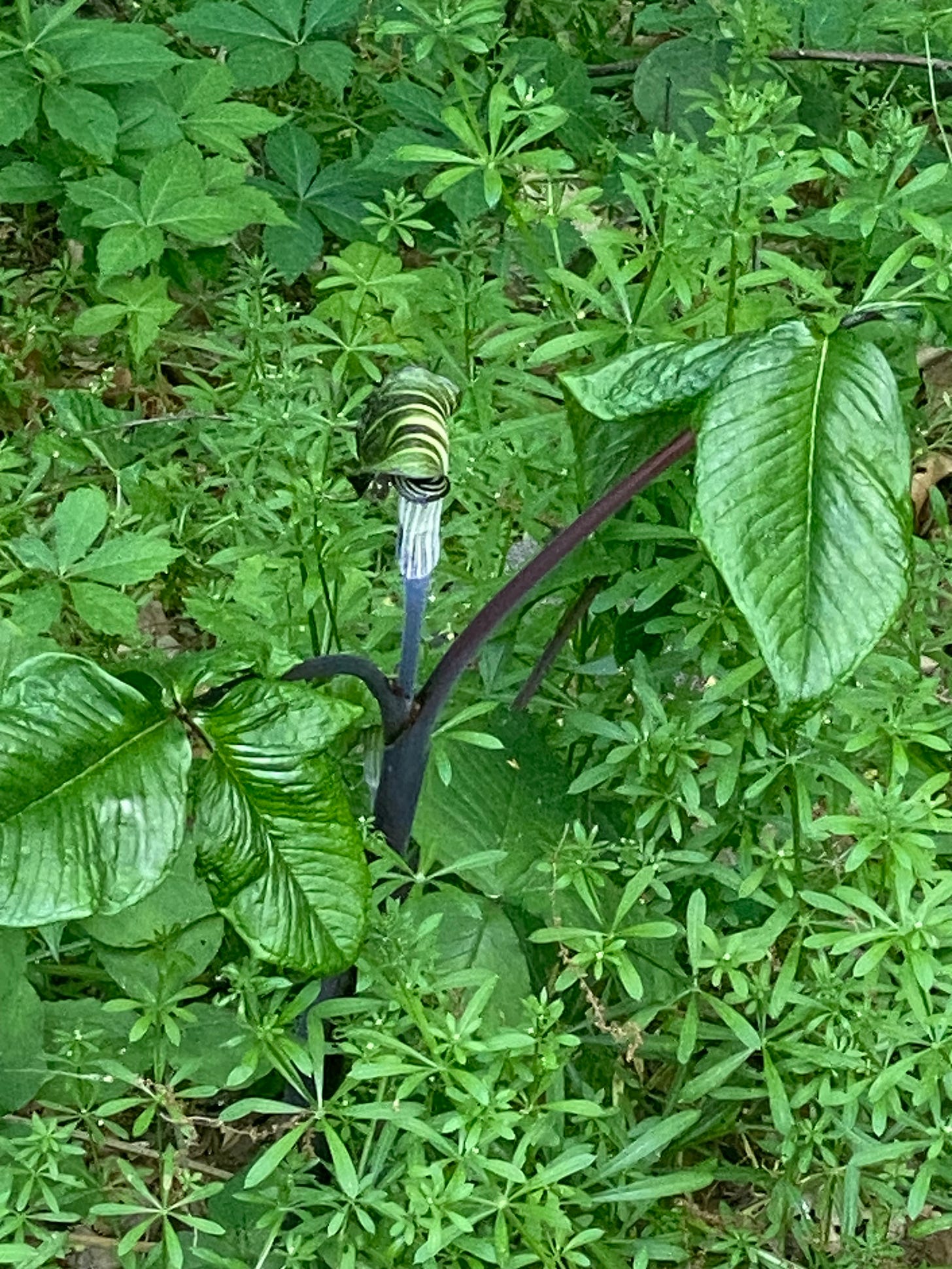
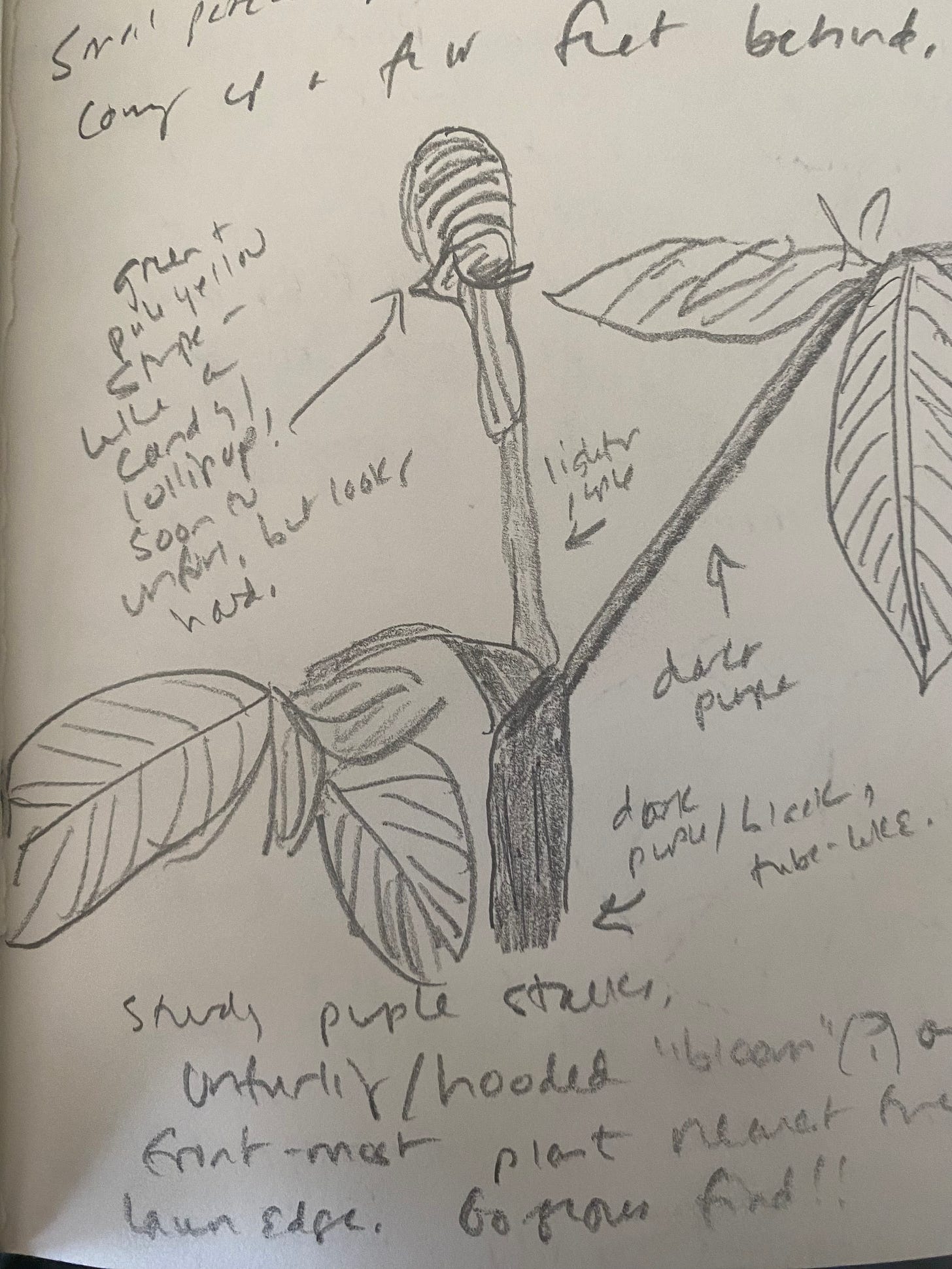
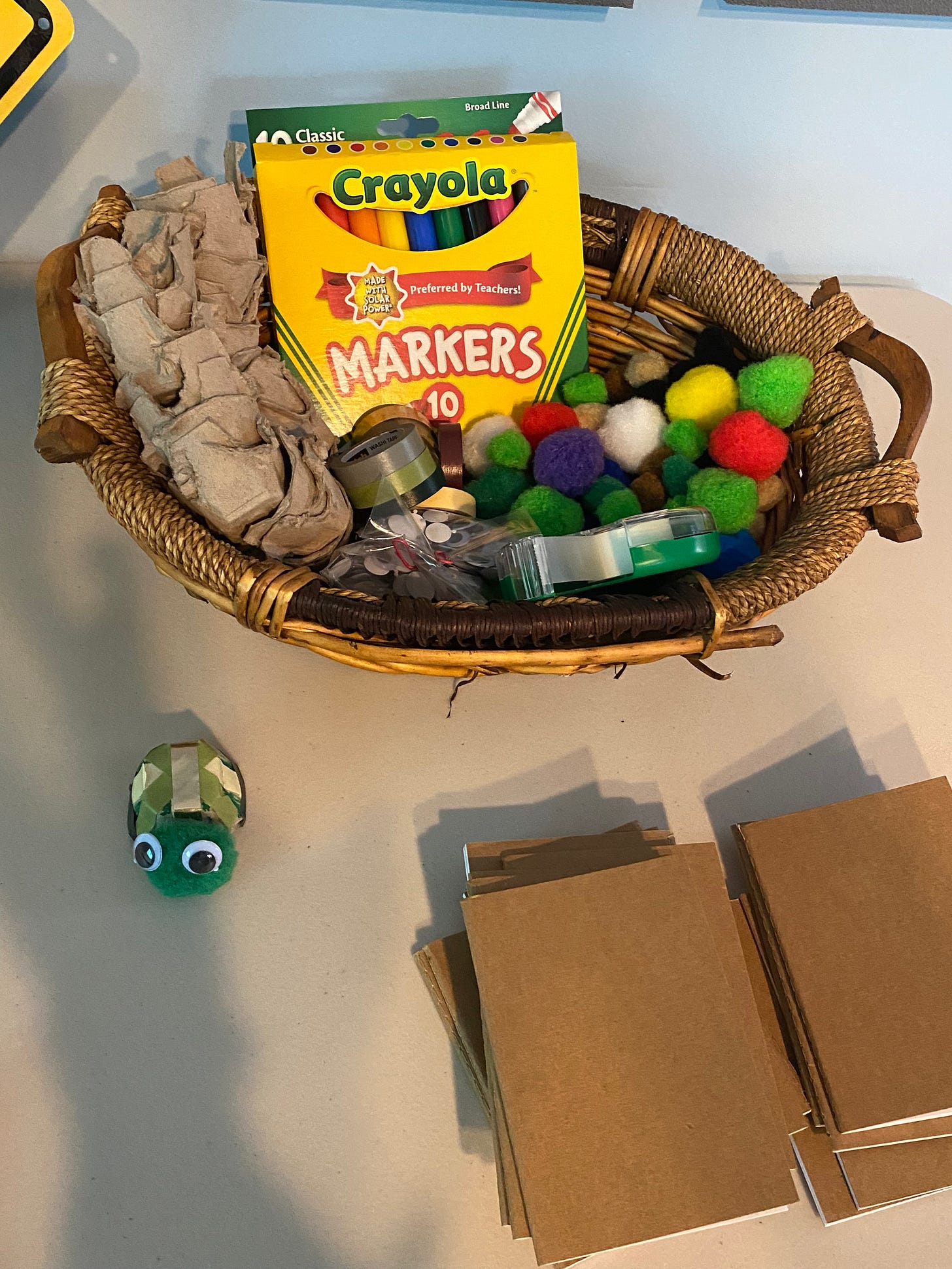

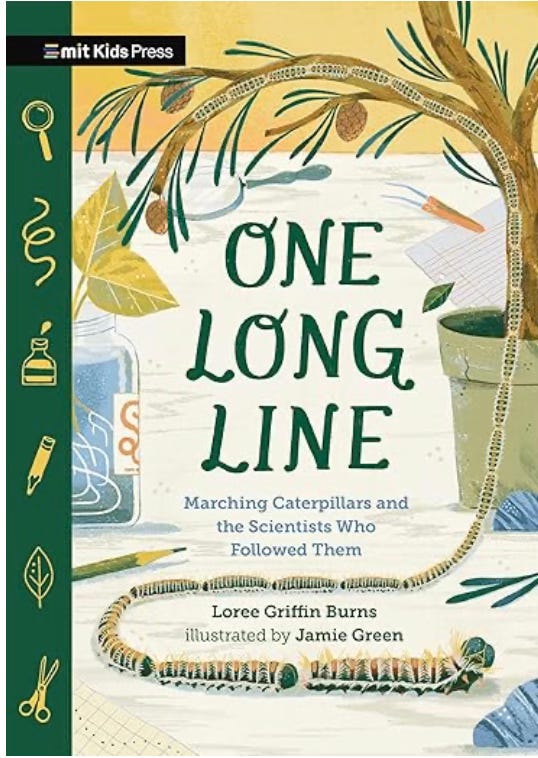

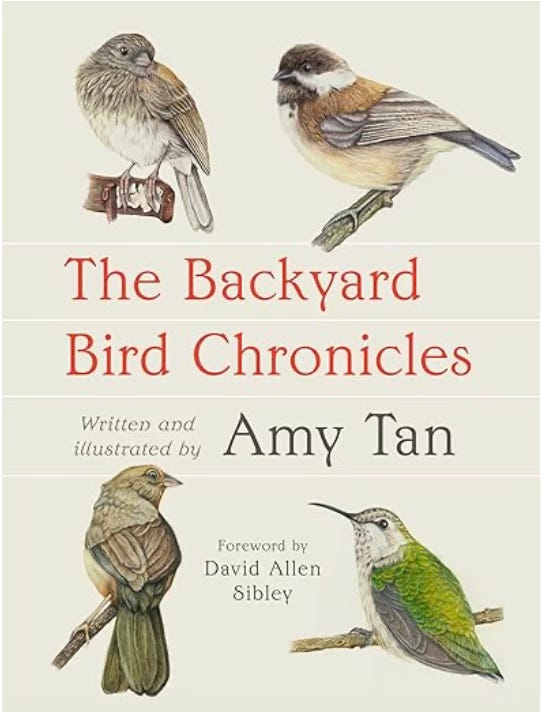
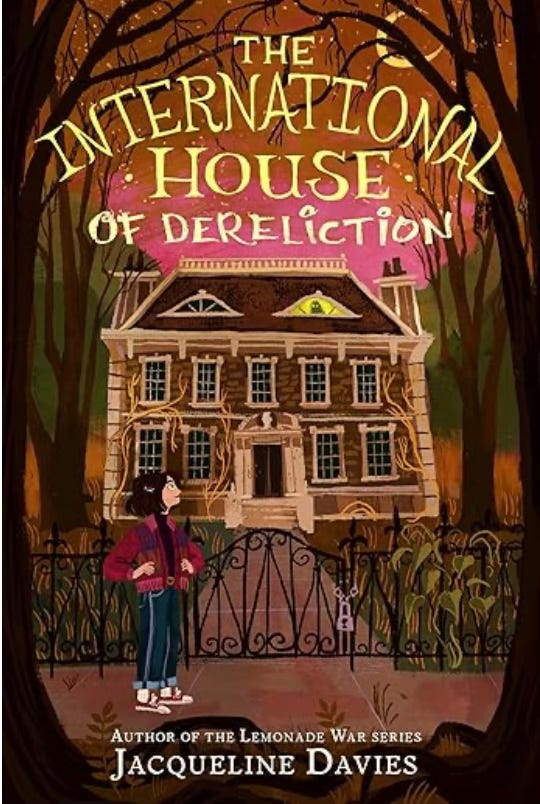

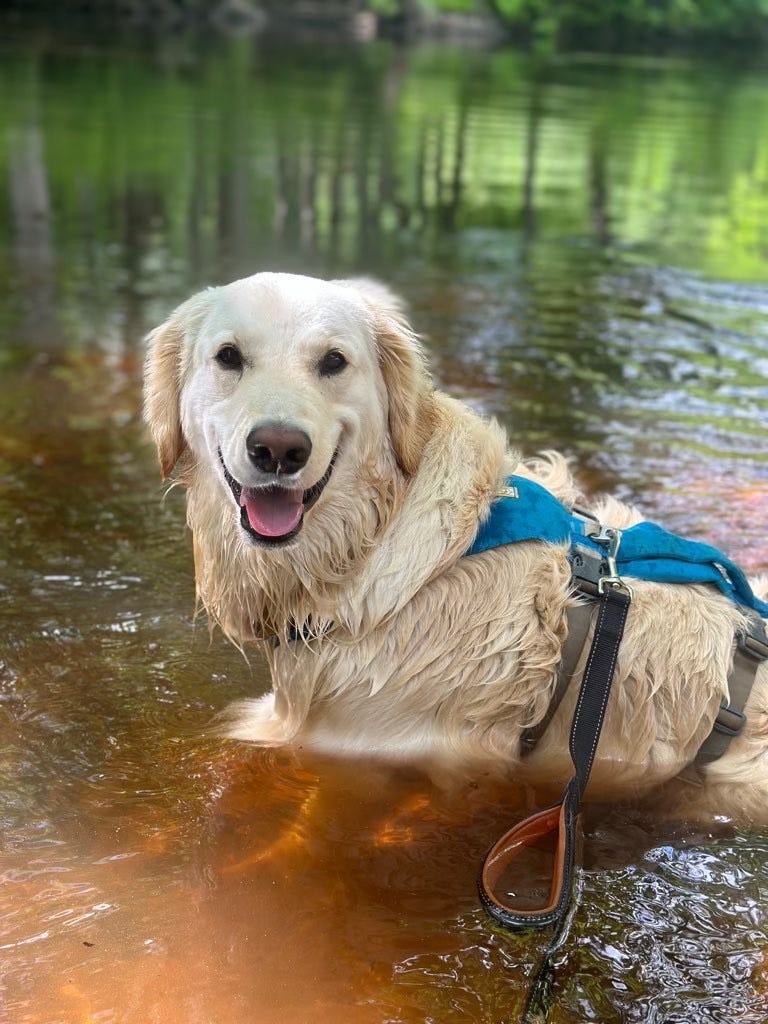
What a great idea to take your craft kit along to your book event!
I make collages and greetings cards as well as writing. I draw a little bit too, but apart from rabbits, nothing really turns out well.